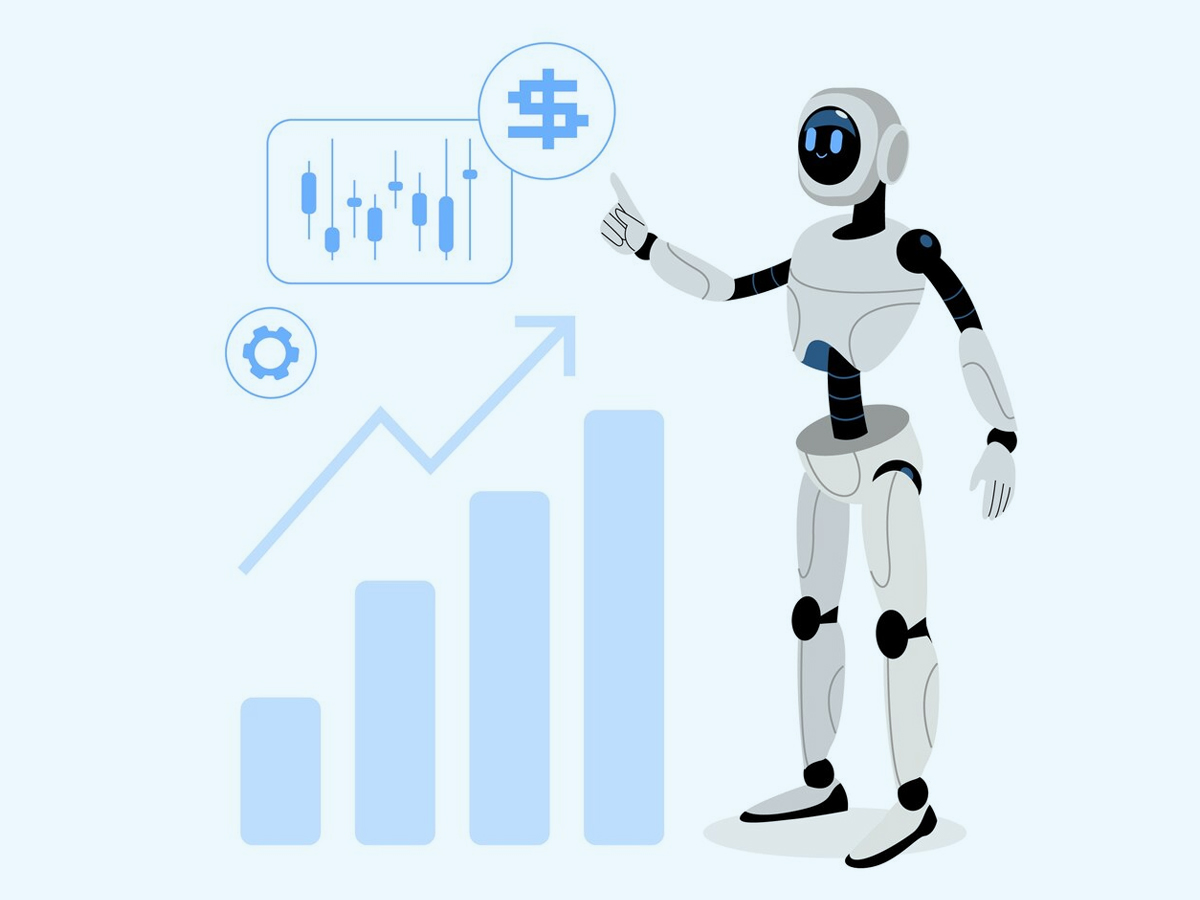Global Fintech Series
1w
335

Image Credit: Global Fintech Series
Future of Robo-Advisors: How Automation is Changing the Trading Landscape
- Robo-advisors offer personalized investment options and portfolio recommendations using algorithms that cater to individual strategies with minimal human intervention, revolutionizing financial planning and making it user-centric.
- The Indian market is expected to grow significantly with a user base of 3.2 million by 2028 and $19.76 billion as assets under management by 2025, driven by fintech rise and younger, technology-savvy investors.
- Asset and Wealth Management (AWM) industry is undergoing a digital overhaul with AI-powered technologies to cater to evolving client expectations and provide faster response times and better experiences.
- Trading robots and robo-advisors are leading change in reshaping how trading and investment decisions are made drawing distinction in their primary objectives, target audience and user profiles, and investment strategies.
- Robo-advisors are built around long-term automated financial planning and portfolio management aligned with the investor's broader goals to encourage sustainable growth, while trading robots capitalize on market volatility for short-term gains.
- Brokerages offering robo-advisory services need to upgrade technology infrastructure with robust tools like Hadoop and Spark to handle vast datasets and ensure regulatory compliance and customer engagement through transparency and education.
- With automation advancing the financial ecosystem, the capabilities of trading robots and robo-advisors are expected to grow exponentially and will improve operational efficiencies, redefine customer experiences, and set new standards in the financial sector.
- Advancements in AI and machine learning will enhance the accuracy and adaptability of trading robots and robo-advisors, enabling even more refined trading strategies and investment recommendations while also redefining financial experiences.
Read Full Article
20 Likes
For uninterrupted reading, download the app